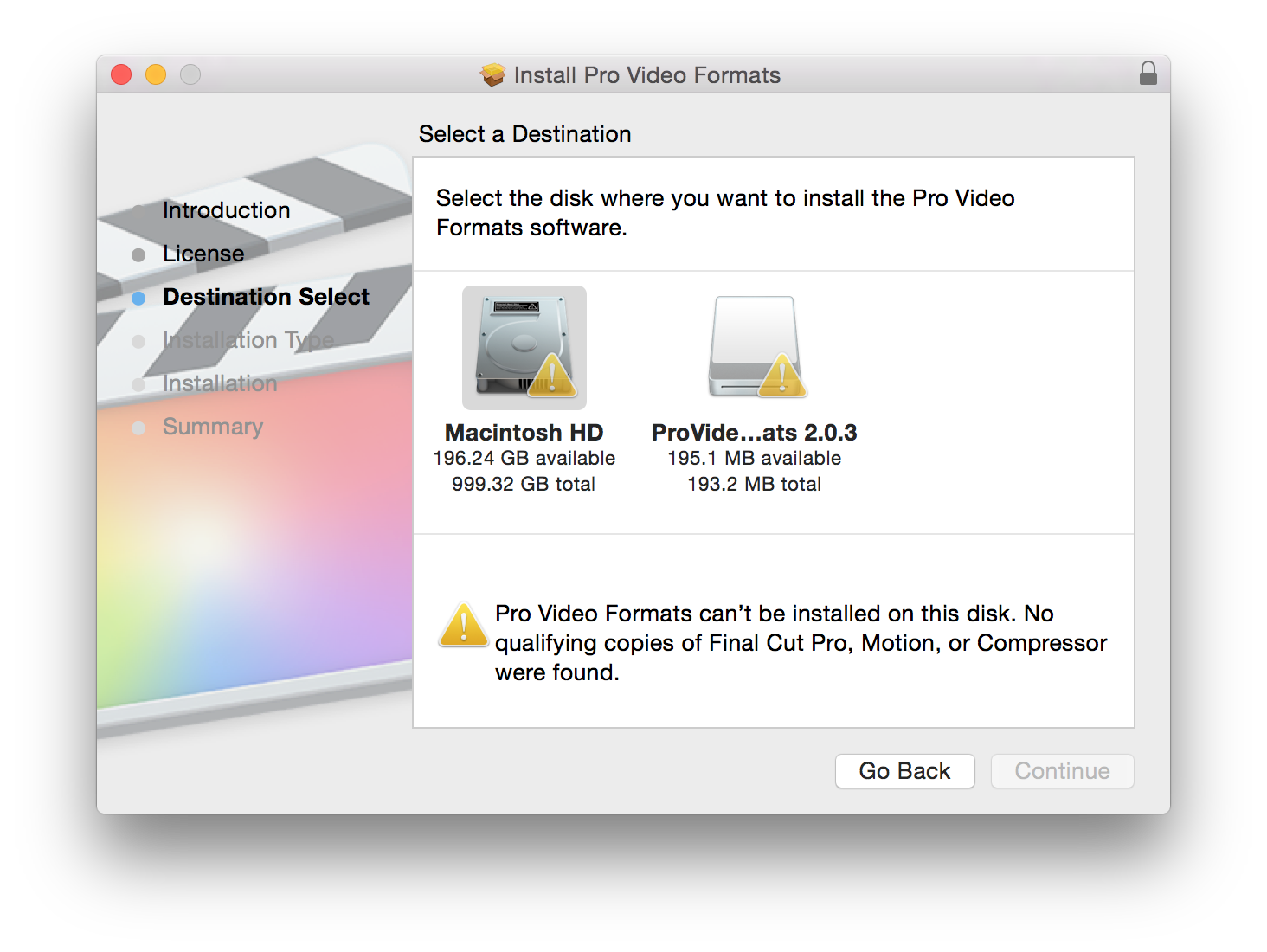
This Sony FS5 file for example is H.264, intra-frame, 10bit 4:2:2 If you’re not sure, drag a file into MediaInfo and change the view to Tree to check it out. Often there will be the option to record intra-frame or inter-frame, again more on this later. Within those options, the better cameras will record 10 bit 4:2:2, keeping more colour information and avoiding banding (especially if shooting LOG – LOG and 8 bit are not friends), whereas older cameras might shoot in 8 bit 4:2:0.

Many consumer and prosumer cameras record in either H.264 (aka AVC) or its successor H.265 (aka HEVC). In any given week, an editor might be dealing with a number of different codecs from different cameras. A video file will also use a wrapper – like. A camera, for example, encodes the video data to compress it into a smaller file, leaving the job of decoding it or decompressing it to later. Video files use a codec to enable file sizes and bitrates to be manageable – whether that’s to help the camera give you more than ten minutes on your SD card or helping you upload your final video to social media in a reasonable time. But if you have time to delve a little deeper, you will see that things aren’t always as simple as they seem.īut’s let’s back up a little and go over some ground that will be familiar to many. One of the most common refrains in editing forums and Facebook groups is “Don’t use H.264 for editing!” There are good reasons for this and in many ways this simple rule is one to live by.


 0 kommentar(er)
0 kommentar(er)
